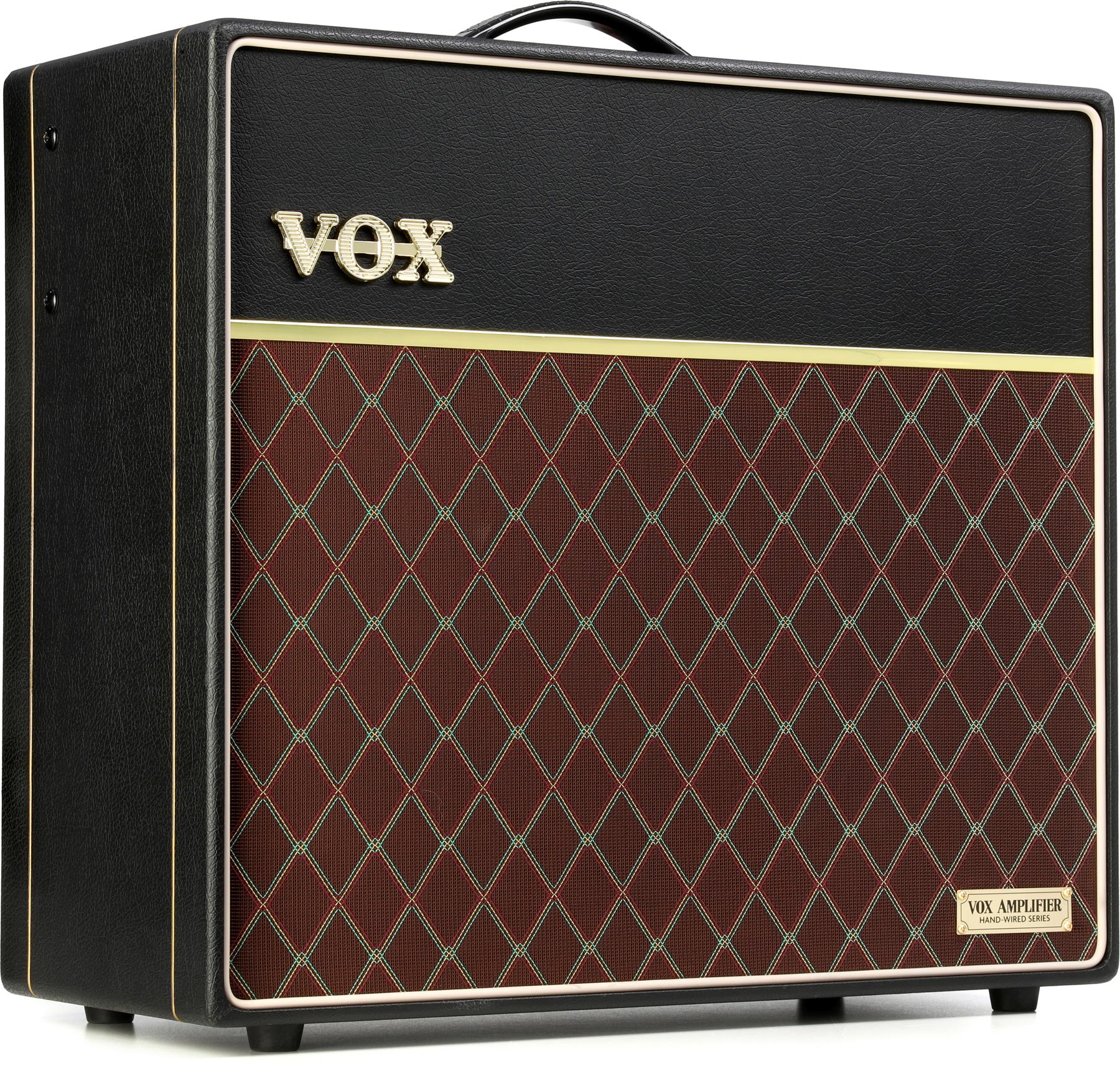Though it gets its due in boutique circles more frequently these days, the Pro Co RAT, for all its stature as a classic, still verges on unappreciated and underrated. Maybe the fact that you can still get a relatively decent new RAT 2 for 70 bucks has something to do with the lack of hype. That's cool—car nuts don't really get excited about ubiquitous and highly functional Toyota Corollas, either. But a good, basic RAT can be a source of everything from creaky, organic, and amp-ish overdrive to searing fuzz and wooly filtered distortion. And with its new mini-sized U.S.-built Ratsbane, Wampler expands that flexibility exponentially.
RATs in the Kitchen
Brian Wampler is clearly a dedicated student and master of pedal circuitry. You also get the feeling that he's a discerning listener. The evidence for that is ample in Ratsbane's additional voice and gain options, which cleverly fill holes in an original RAT's performance envelope. Many of these additions tend toward giving the Ratsbane more focused tonalities. But the Ratsbane's sensitive controls mean you can extract many variations of those extra tones that sound alive and rich with character.
Fender Telecaster via Wampler Ratsbane into black panel Fender Tremolux and Universal Audio OX (with black panel Deluxe 12-inch cabinet sim) and Universal Audio Apollo Twin, UA "Galaxy Echo" (Space Echo emulation) and UA Luna.
If you've ever used a RAT for more than five minutes, you'll recognize the Ratsbane's core controls. There's a master output volume, a gain knob (labeled distortion), and the low-pass filter, which, to my ear, is the key to the original RAT's multi-faceted personality. Wampler's additions to this formula look simple, but they are transformative. The small left toggle shifts the Ratsbane's gain profile. In the center, the Ratsbane assumes the gain characteristics of a vintage RAT: dry, mid-forward, but full bodied and chock full of overtone detail. To the left, the distortion is more focused: heavier on the mids and top end. It can sound a lot like bumping the presence on a Marshall, though some filter settings can render it quite nasal—no bad thing when you're trying to find a slot in a busy mix. In the right position, the Wampler re-introduces low-end and a gain boost. It lends body to lyrical and more languid soloing, though power chord riffing can sound a little more muddled.
No Tone Traps Here
The Ratsbane's alternate voice switch isn't, as you might suspect, a take on another vintage RAT incarnation like the Turbo RAT. Instead, Wampler introduces his own tailored EQ formula that gives the alternate voice a more compressed and focused output with fewer of the messier and somewhat random peaks and fractured overtones that the Ratsbane's fuzzier side can produce.
It's also a highly cooperative and cordial stacking partner for fuzzes and other distortions.
While the Ratsbane is versatile and well-rounded enough to serve as your only gain pedal, it's also a highly cooperative and cordial stacking partner for fuzzes and other distortions. At cleaner settings, it adds focus and clarity to muddy or octave-rich fuzz like Shin-ei FY-2 clones and Russian Big Muffs (particularly when situated in front of a fuzz). And experimentation with the alternate gain and voice profiles will extract copious additional fuzz, distortion, and overdrive flavors from whatever you place downstream. The Ratsbane may not be as flexible as an EQ paired with a fuzz for whittling precise tone profiles, but the wide range of subtle-to-extreme shading it contributes from five simple controls sometimes makes it feel pretty close.
The Verdict
Wampler's Ratsbane does great service to the RAT's legacy, underscoring its flexibility, personality, and potency. But the additional features truly enhance the already abundant character in the basic circuit. Its small size and stacking-friendly nature make it an easy fit for any pedalboard in sonic and spatial terms. The quality is top notch. And, at just 149 bucks, it delivers a boatload of tones for the price.




















